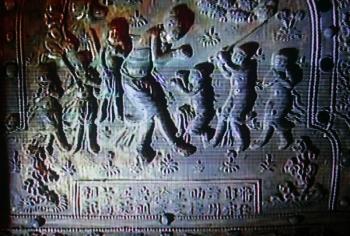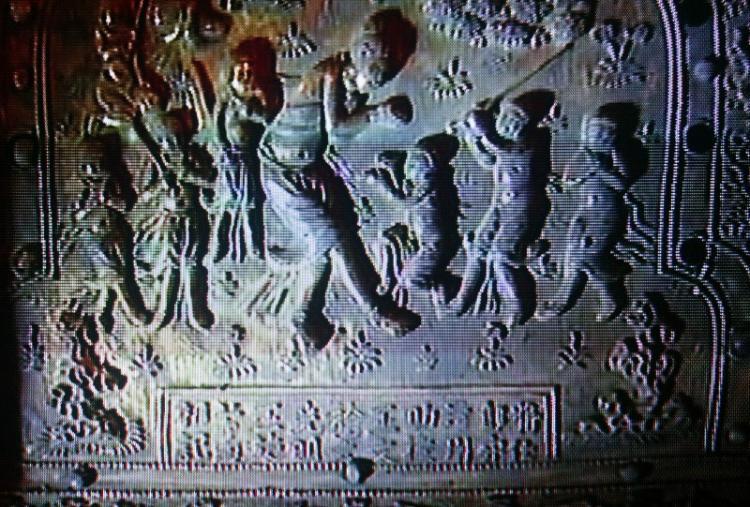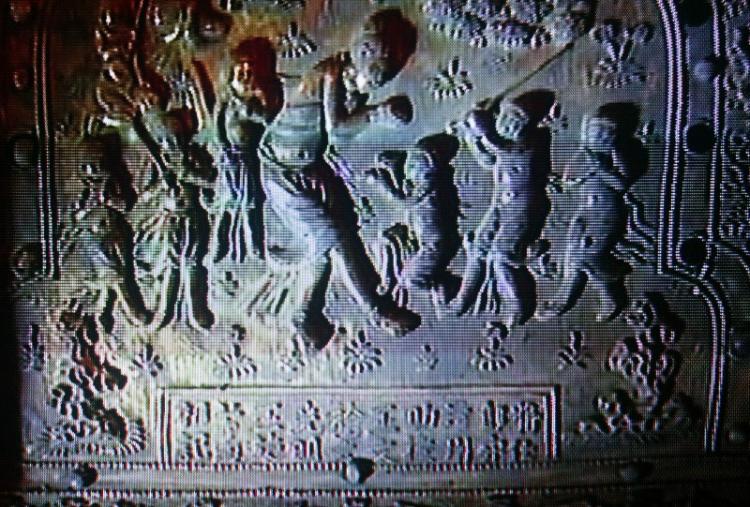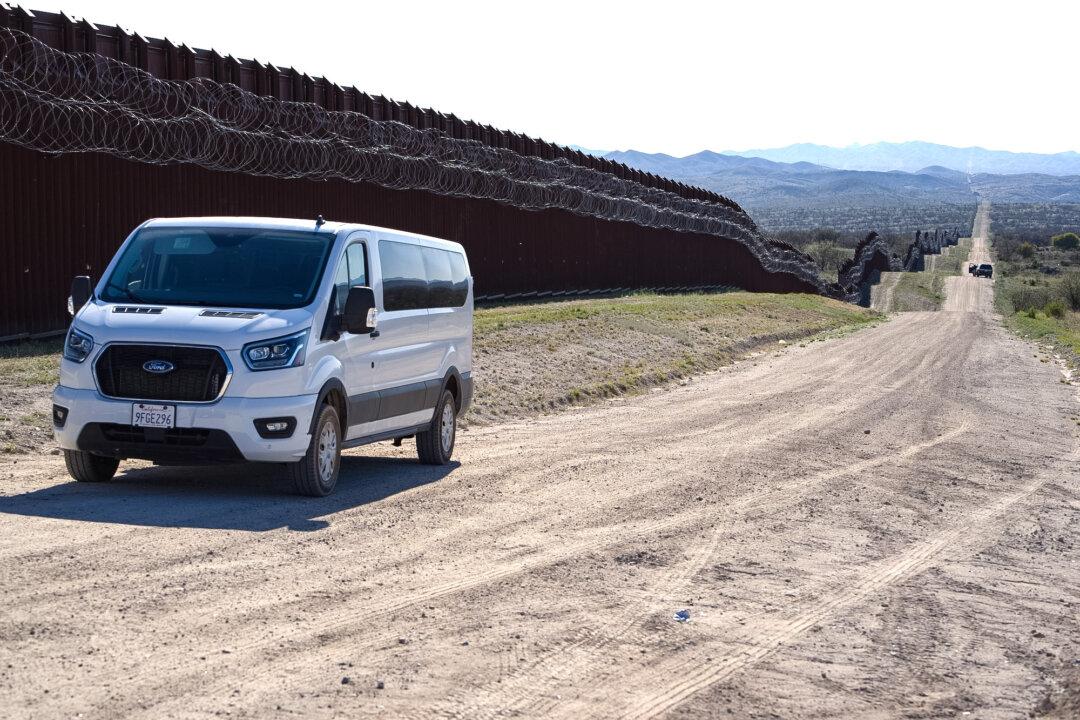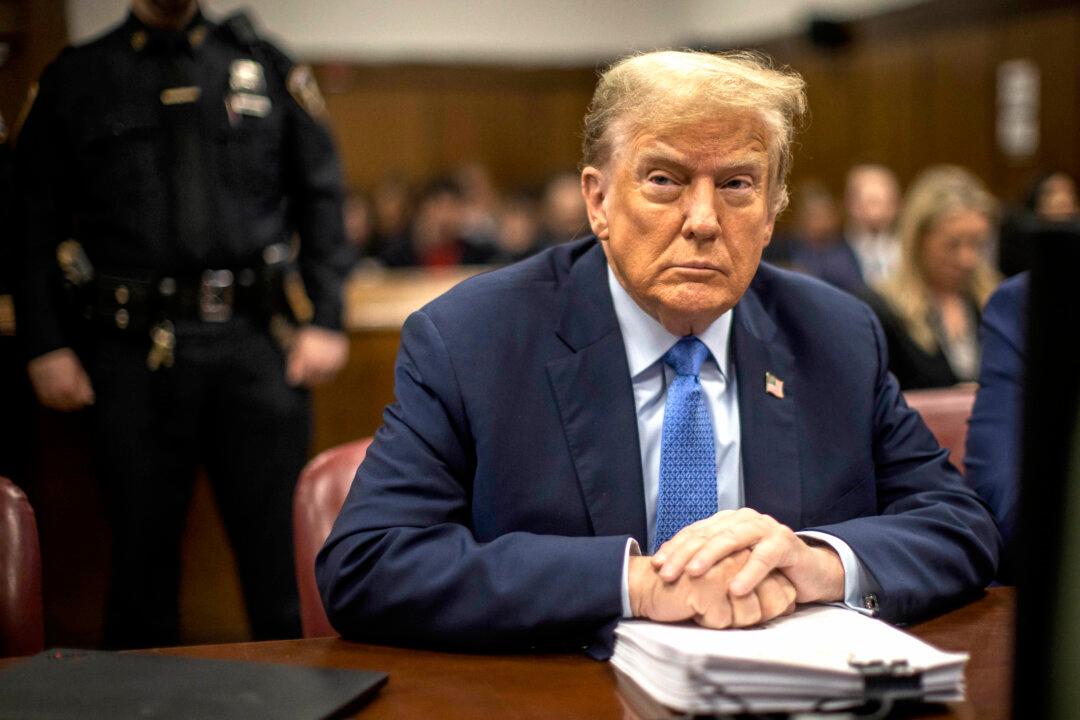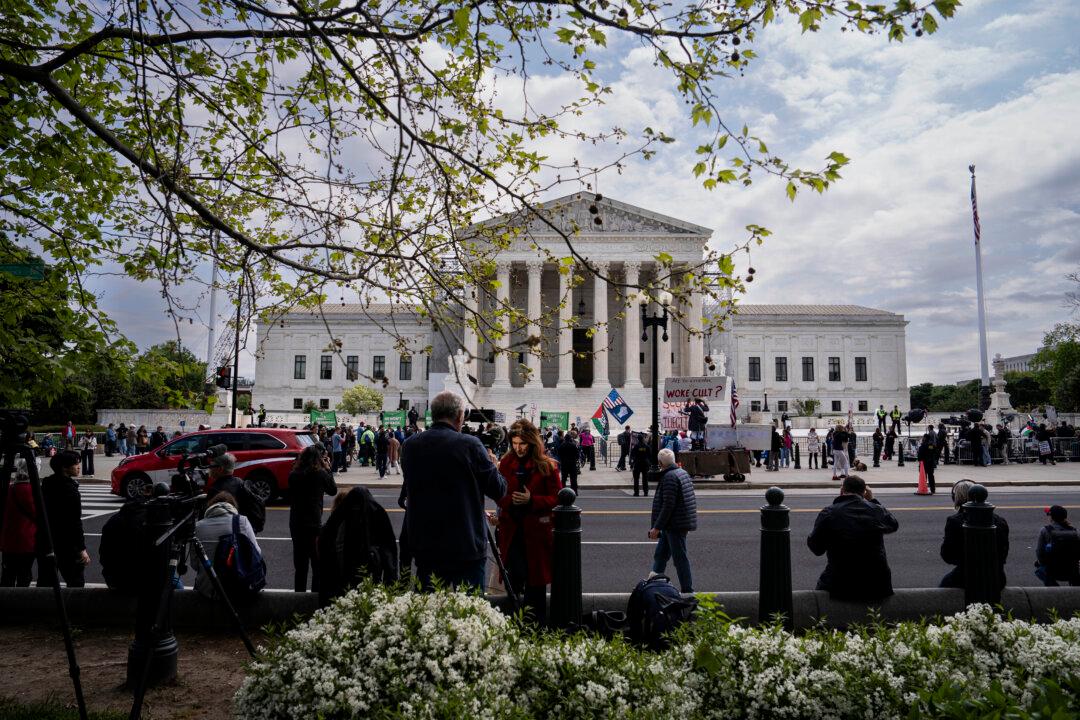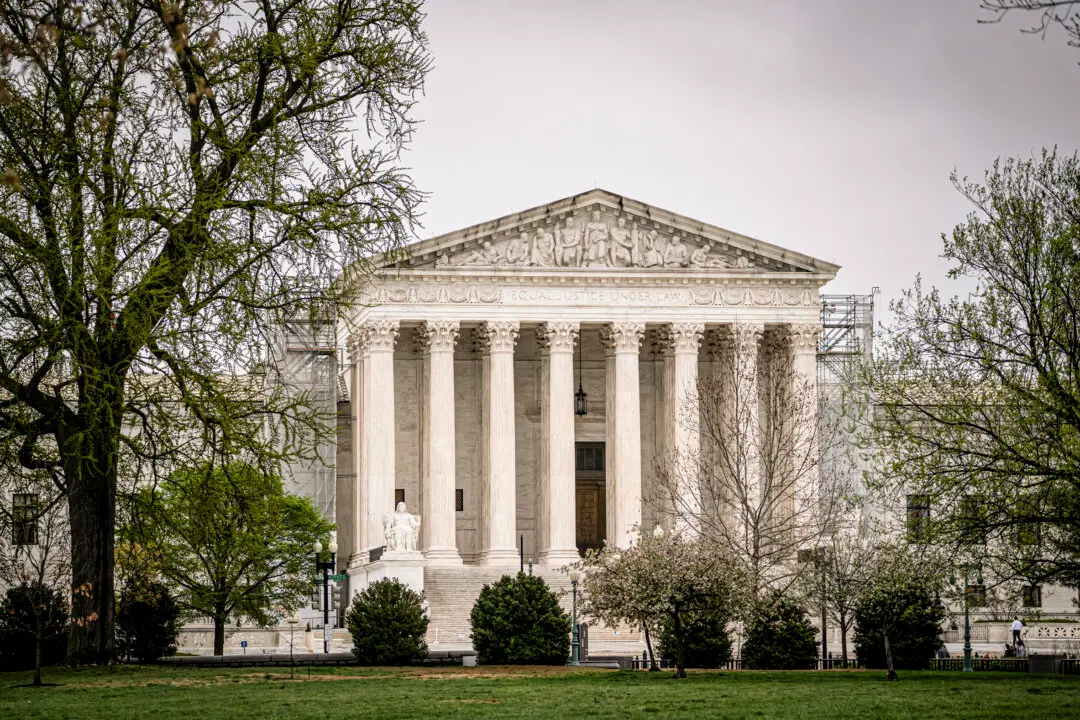A 1,000-year-old miniature pagoda, recently unearthed in the Changgan Temple ruins in Nanjing in China, is believed to contain a part of Buddha’s skull.
According to a news report from China, in the afternoon of Nov. 22, a pagoda-shaped shrine was removed from an iron case found in a secret underground chamber at the ruins.
The pagoda is about 3.5 feet (1.1 meters) high and 1.5 feet (0.48 meter) wide and inlaid with seven treasures: gold, silver, colored glaze, agate, pearl, amber, and glass. Four small Buddha figures are carved on each side at the base, and here is a group of Buddha figures on the body of the pagoda. It is unique for a miniature pagoda to be carved with no fewer than 100 figures.
Archeologists earlier unearthed a stele with an inscription telling what the pagoda contains: a gold coffin in a silver cover, or the “Seven-Treasure Pagoda of King Asoka.” The gold coffin holds Buddha Sakyamuni’s sarira—shiny, pebble-like remnants found in the crematory ashes of Buddhist masters.
King Asoka (273 B.C.–236 B.C.) was the third monarch of the Indian Mauryan dynasty. He converted to Buddhism after defeating a rival army in a bloody battle.
According to Buddhist records, King Asoka collected all the parts of the Buddha’s sarira, divided them into 84,000 parts, and stored each part in a shrine (called the Asoka pagoda). He then sent these shrines to different parts of the world. China is considered to have 19 of them.
The obvious question is whether the pagoda actually contains what is claimed. Preliminary scans have confirmed the existence of two metal cases in the pagoda, said Qi Haining, an expert with the Nanjing Museum and head of the archaeological team.
“This pagoda may be unique, the only one known to hold a part of Sakyamuni’s skull,” Qi said.
But it will take time to confirm the contents because extracting the gold and silver coffins from the pagoda is a very difficult task, Qi said.
Archeologists opened the iron case to reveal the pagoda in August. But it took them about 100 more days to remove it from the case because it was fixed tightly in the case and its base had been sticking to the bottom of the case for about 1,000 years.
